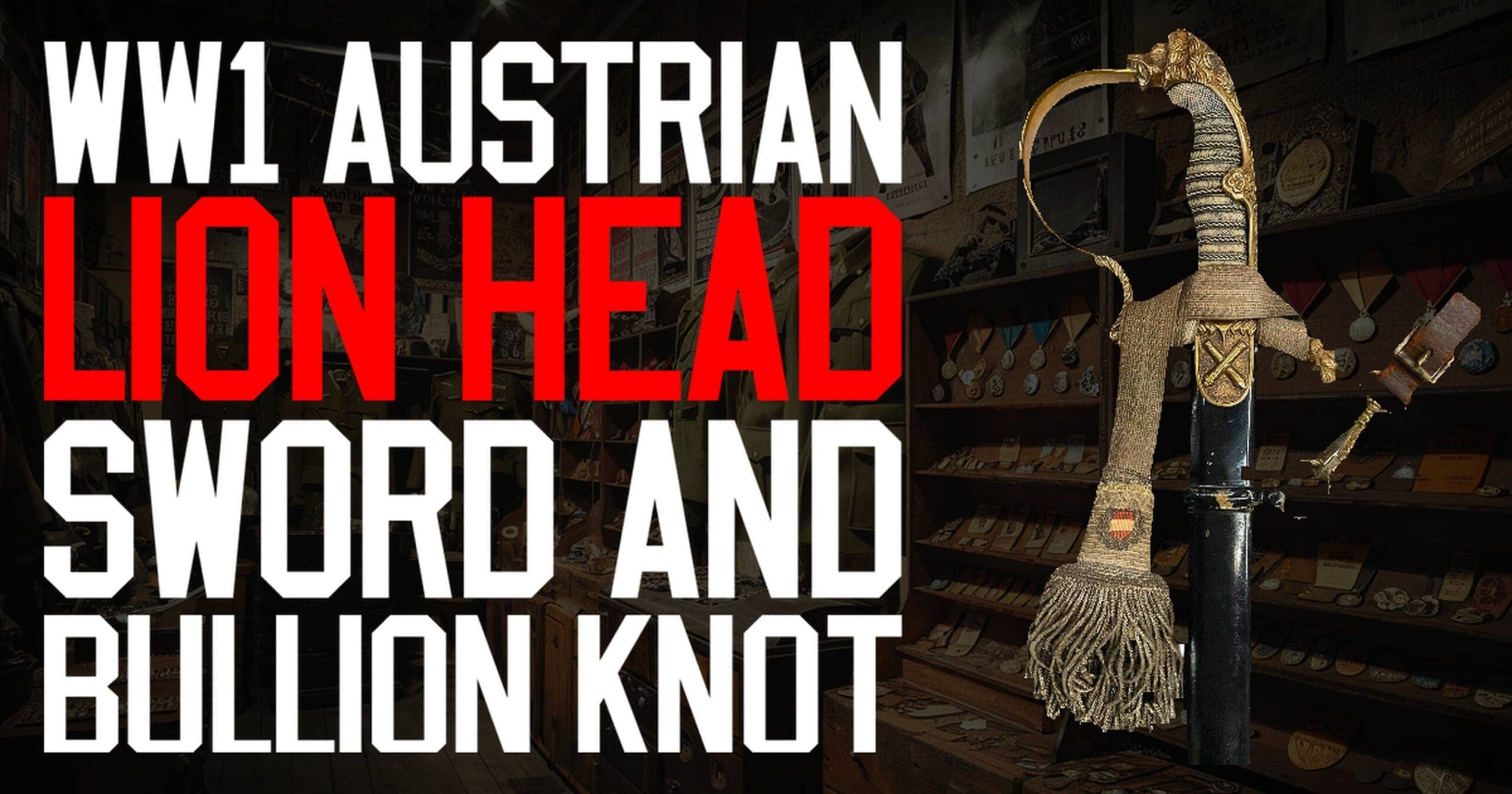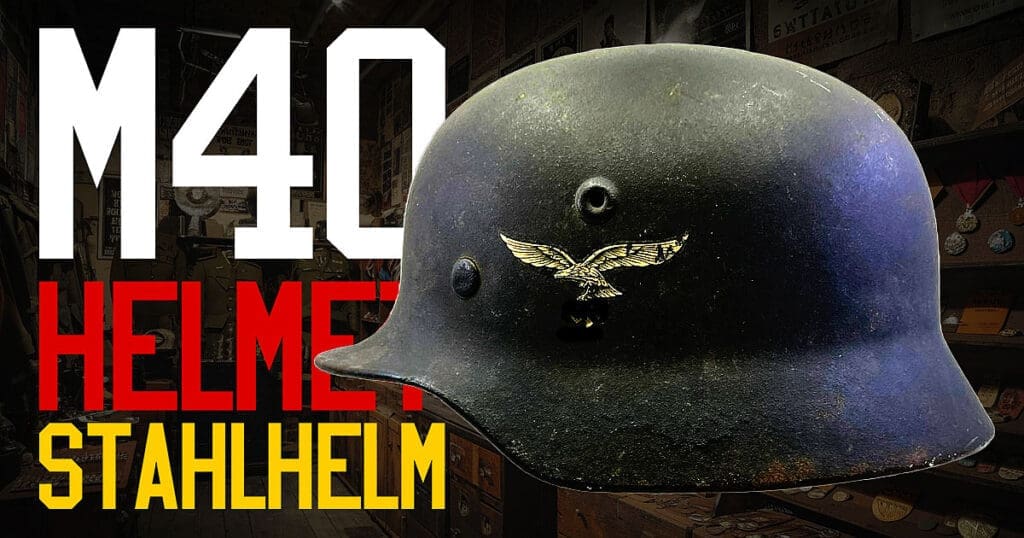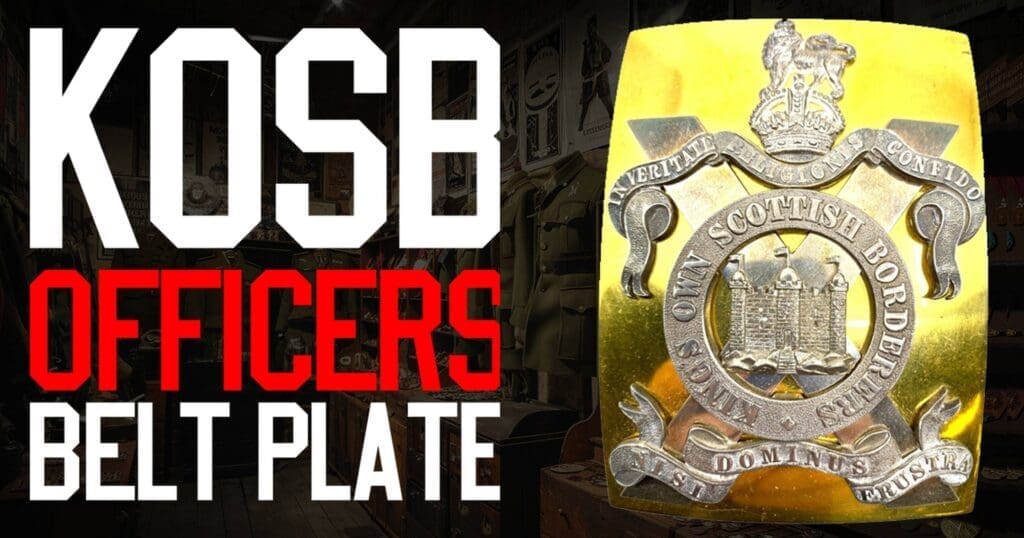The WW1 Imperial German Austrian Officers Artillery Lion Head Sword & Bullion Knot is a stunning relic from a pivotal era in world history. This sword is not just a weapon but a piece of art and a symbol of the officer’s status and honor. Its intricate design and historical significance make it a highly sought-after collectible for history enthusiasts and collectors alike.
A Glimpse into the Past
During World War I, the Imperial German and Austrian armies were known for their elaborate and highly decorated uniforms and weapons. Officers were often distinguished by their ornate swords, which symbolized their rank and prestige. The Lion Head Sword was a popular choice among artillery officers, signifying strength and courage. These swords were not just functional weapons but also served as ceremonial pieces during parades and official duties. The addition of the bullion knot, a decorative tassel, further enhanced the sword’s elegance and indicated the officer’s regiment or unit.
The Lion’s Roar
World War I was a time of great turmoil and transformation, with nations vying for power and territory. The Imperial German and Austrian armies were among the most formidable forces, known for their discipline and advanced military technology. The Lion Head Sword, with its regal design, was a reflection of the pride and authority of these armies. It was a time when military traditions were deeply respected, and the sword was a symbol of the officer’s commitment to their duty and country. This period saw the last of the traditional cavalry charges and the emergence of modern warfare, making the sword a poignant reminder of a bygone era.
Craftsmanship and Design
The WW1 Imperial German Austrian Officers Artillery Lion Head Sword is a masterpiece of craftsmanship. The hilt is adorned with a lion’s head, symbolizing bravery and leadership, with red or green glass eyes adding a fierce touch. The blade is typically made of high-quality steel, often etched with intricate designs and the officer’s regiment details. The grip is wrapped in sharkskin or ray skin, providing a secure hold, and is often bound with wire for added elegance. The bullion knot, a braided tassel, is attached to the guard and adds a touch of sophistication, indicating the officer’s rank and unit.
Evolution and Development
The development of the Lion Head Sword can be traced back to the 19th century, evolving from the traditional sabers used by cavalry officers. As military tactics changed and the role of artillery became more prominent, the design of the sword adapted to reflect the new realities of warfare. The lion’s head motif became a popular choice, symbolizing the strength and courage required of artillery officers. The inclusion of the bullion knot was a later addition, serving both a decorative and functional purpose. This evolution reflects the changing nature of military traditions and the enduring importance of the sword as a symbol of authority.
From Battlefield to Ceremonies
The Lion Head Sword was used primarily by officers in the artillery units of the Imperial German and Austrian armies. While it was a functional weapon, its primary role was ceremonial, carried during parades, inspections, and official functions. The sword was a mark of distinction, often presented as a gift or awarded for exemplary service. In battle, the sword was a secondary weapon, with officers relying more on pistols and other firearms. However, its presence on the battlefield served as a morale booster, symbolizing leadership and courage in the face of adversity.
A Coveted Treasure
Today, the WW1 Imperial German Austrian Officers Artillery Lion Head Sword & Bullion Knot is a highly prized collectible. Its historical significance, combined with its intricate design, makes it a valuable addition to any collection. Collectors seek out these swords for their rarity and the craftsmanship involved in their creation. The condition of the sword, including the blade, hilt, and bullion knot, significantly affects its value. Provenance, or the sword’s history and previous ownership, can also enhance its desirability and worth. As a tangible link to a pivotal period in history, these swords are cherished by collectors and historians alike.
What Makes This Sword Special
- The sword is a symbol of rank and prestige among WW1 Imperial German and Austrian artillery officers.
- The lion’s head motif represents bravery and leadership.
- High-quality craftsmanship is evident in the sword’s intricate design and materials.
- The bullion knot adds a touch of elegance and indicates the officer’s regiment or unit.
- The sword’s primary role was ceremonial, though it also served as a secondary weapon in battle.
- Collectors highly value these swords for their historical significance and rarity.
- The sword serves as a poignant reminder of the traditions and transformations of early 20th-century warfare.
Unveiling the Legacy: Final Thoughts
The WW1 Imperial German Austrian Officers Artillery Lion Head Sword & Bullion Knot is more than just a weapon; it’s a piece of history. Its intricate design and rich background make it a fascinating subject for collectors and history enthusiasts. As a symbol of a bygone era, this sword continues to captivate and inspire those who seek to understand the past.





